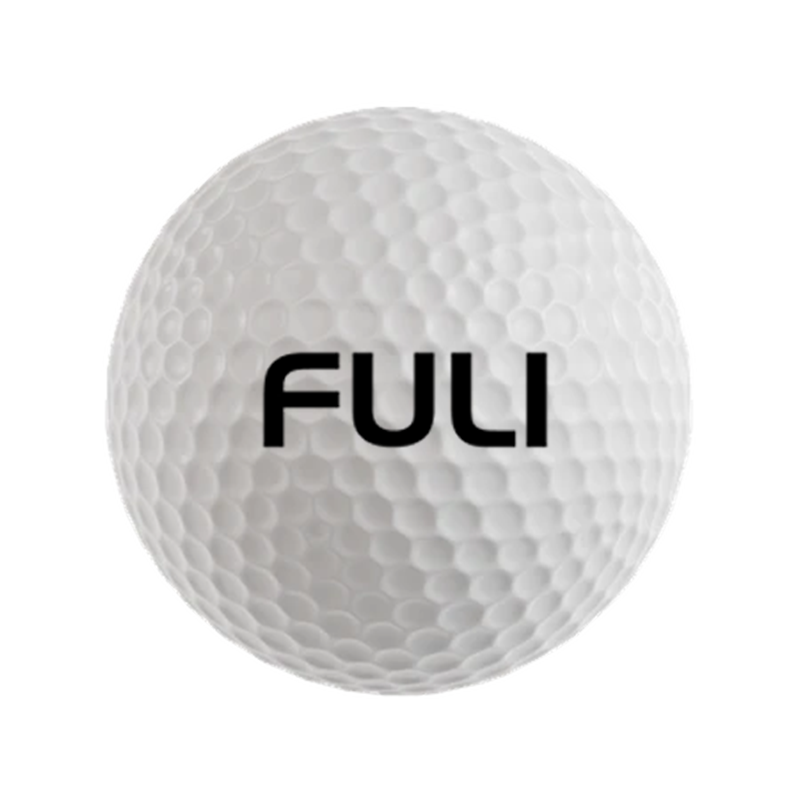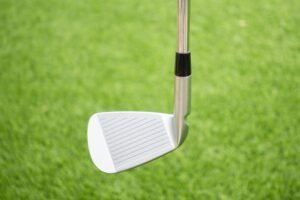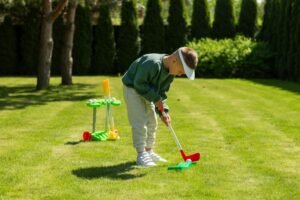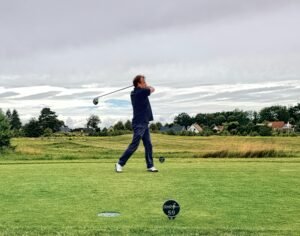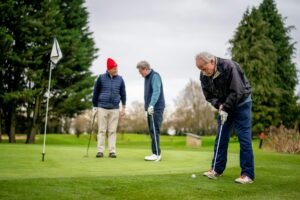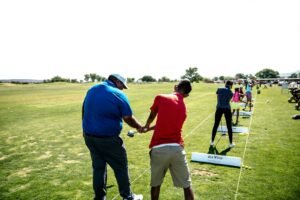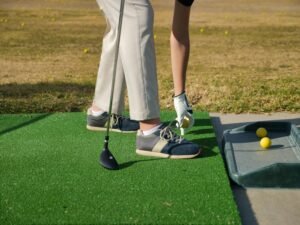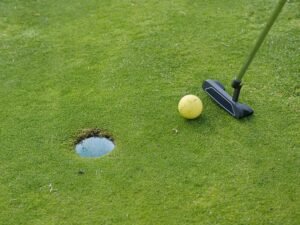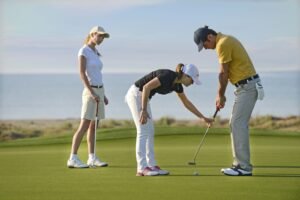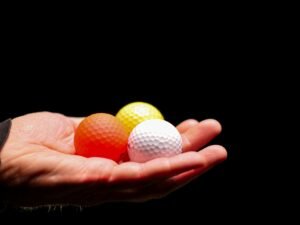
I hope you enjoy reading this blog post.
If you are looking professional golf manufacturer.
A Comprehensive Guide To Speed Up Your Golf Swing
June 10, 2025
In the vast field of golf, swing speed is undoubtedly a key factor in determining the distance and overall performance of the shot. A faster swing doesn’t just allow the golf ball to travel amazing distances to its target. It can also significantly improve the accuracy and stability of the shot to a certain extent.
So, how can you effectively improve the speed of your golf swing? Next, this article will break it down for you from multiple dimensions. And attached is a very practical training plan to help you improve your swing speed journey steadily. The successful experience of many well-known golfers will also provide us with valuable reference.
Strengthen Physical Fitness And Lay The Foundation For Speed Up The Swing
Core Power: The Source Of Swing Power
The core is made up of the many muscle groups in the abdomen, back and buttocks. In the course of the golf swing, they play the dual important role of “stabilizer” and “power transmission belt”. A strong core ensures that the body remains stable in all positions of the swing. Avoid wobble or imbalance to provide a solid guarantee for the fluency and accuracy of the swing.
At the same time, the core muscles can also efficiently transfer the powerful force generated by the lower limbs when pushing off and twisting to the upper limbs. Finally, it accurately acts on the club, providing powerful power for the club to swing.
Of the common core strength exercises, planks are a classic choice. In the basic adaptation period of the training program, arrange plank exercises from each set of shorter time and fewer times. Gradually increase the length and difficulty, and stabilize the base of core strength. At the later stage of training, advanced movements such as dynamic planks are introduced.
This type of movement breaks the static mode of the traditional plank and requires the core muscle group to maintain stability and force in dynamic changes. It greatly challenges the endurance, coordination and control ability of the core muscle group, and constantly taps the potential of the core strength.
Xander Sheofele, for example, came into the PGA Tour hitting the ball well above average. But as the competition intensifies, the demand for hitting distance continues to increase. He was acutely aware of the importance of improving the speed of his swing and quickly developed a series of targeted core training programs.
Through exercises that continue to strengthen the muscles of the abdomen, back and hips. His stability has been greatly improved, as has the efficiency of his power transfer. Losses that might otherwise occur in power transmission are minimized. The core muscles are like efficient transmission chains that smoothly transfer power to every link of the swing.
Eventually, his swing speed improved significantly. It went from being 3.5 MPH faster than the average PGA Tour player to more than 7 MPH faster. In the master gathered in the arena occupied a clear advantage, and the enhancement of the core strength undoubtedly played a key role in this process.
Skill supplement: When performing core training, you can try the unstable plane training method. Like planking on a yoga ball. The instability of the yoga ball forces the core to stay alert at all times. Constantly adjust the power to maintain body balance, significantly increasing the core muscle participation and training difficulty. This kind of training stimulates the growth of core strength more comprehensively and deeply. Make the core muscles more flexible when dealing with complex golf swings.
In addition, the Russian twist can be added to the daily training. Practitioners hold dumbbells or exercise balls and sit on the ground. Lift your legs with your knees bent and lean back at a 45 degree Angle to the floor. Then turn the body left and right, 15-20 times each set, for 3-4 sets. This action further strengthens the rotational power of the core, which plays a key role in the twisting of the body during the golf swing. It directly affects the amplitude of the upper bar and the force effect of the lower bar.
Upper Body Strength: The Key To Club Control

The arm, shoulder and chest muscles of the upper body are directly responsible for controlling the club during the golf swing. Their strength has a crucial effect on the accuracy of the control of the club and the speed of the swing. Push-ups, dumbbell shoulder presses, pull-ups and other training exercises can exercise these key muscles in a comprehensive and deep way.
During the training period of strength growth, the weights of dumbbells and the number of training sets are gradually increased in a planned way. Challenge your muscles and steadily improve your upper body strength. Strong upper body strength not only allows the player to hold the club more stably during the swing, making it more comfortable to control. It can also burst into a powerful force at the moment of hitting the ball, driving the club to swing quickly. Hit the golf ball at higher speed and longer distance, significantly improving the effect of the shot.
Many professional players know the importance of upper body strength. Players who are known for hitting the ball hard have maintained upper-body strength training throughout their long careers. Through countless repetitions, their arm, shoulder and chest muscles become extremely strong. At a crucial moment in the game. With their strong upper body strength, they can precisely control the trajectory and force of the cue. Unleashing a stunning burst of power at the moment of hitting the ball, sending the club through the air at high speed. Perfect collision with the golf ball to achieve a long shot.
For example, some players after a sustained period of dumbbell shoulder push and pull-up training. Obviously, in daily swing practice and actual competitions. The coordination between the club and the body has been greatly improved, and the swing speed has also significantly increased. Hitting the ball has reached new heights in both distance and accuracy.
Skill supplement: Practice dumbbell shoulder push, pay attention to the use of full range of action. Start with the dumbbell at its lowest point on either side of your body and apply slow and steady force. Push the dumbbell up along the center axis of your body until your arms are completely straight and lift the dumbbell above your head.
The whole process should strictly control the speed of action to avoid the use of inertia. Let the shoulder muscles fully participate in the force, feel the contraction and extension of the muscles. This refined motor control can better stimulate shoulder muscle growth. Provides greater shoulder power support for the golf swing.
The whole process should strictly control the speed of action to avoid the use of inertia. Let the shoulder muscles fully participate in the force, feel the contraction and extension of the muscles. This refined motor control can better stimulate shoulder muscle growth. Provides greater shoulder power support for the golf swing.
In addition, you can also try a variety of grips. The wide grip focuses more on building the width of the back muscles, while the narrow grip stimulates the biceps and inner arm muscles more significantly. Different grip of forehand and backhand will also bring different muscle stress feelings. By trying a variety of grips, you can fully exercise your arm and back muscles. Improve the control of the club from multiple dimensions, so that the practitioner can control the club more flexibly and stably when the golf swing.
Lower Limb Strength: The Engine That Drives The Body
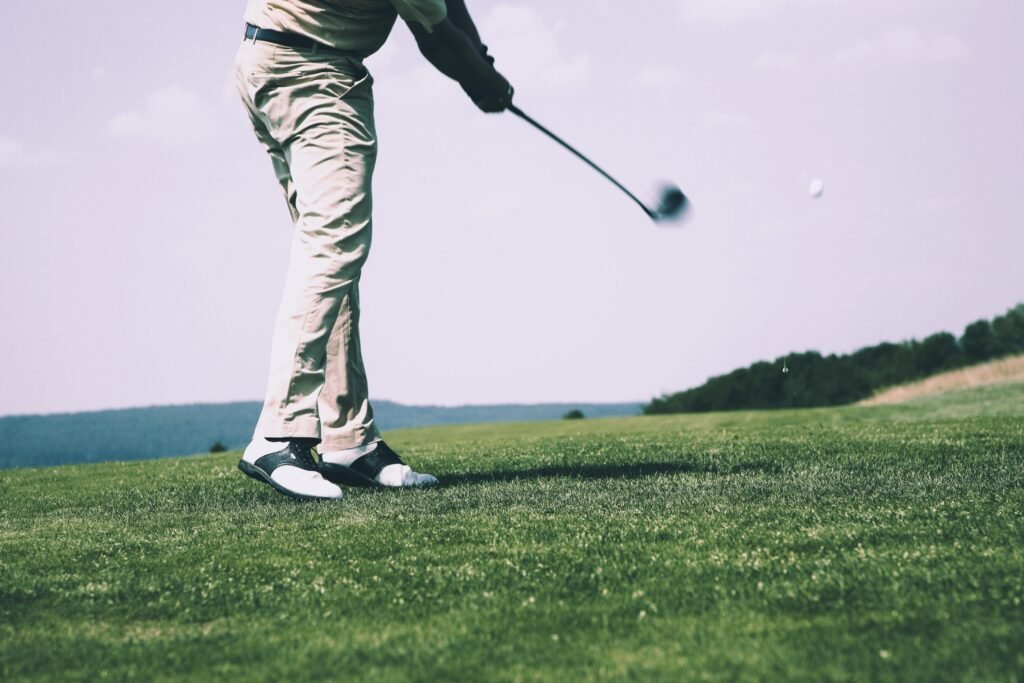
Lower limb strength plays the role of the “engine” in the golf swing, providing strong support for the body’s rotation and power. Squats, hard pull, single leg squats and other training programs are effective ways to enhance lower limb strength.
The training program starts with basic squats. Squats may seem simple, but they can effectively exercise the main muscle groups of the lower limbs. Such as the quadriceps in the front of the thigh, the hamstrings in the back and the gluteus maximus in the buttocks. As the training phase progresses, gradually add more challenging moves such as the hard pull and the Bulgarian split squat.
Hard stretching not only strengthens the lower limbs, but also works the lower back and core muscles, improving the overall strength level of the body. The Bulgarian split squat puts high demands on the strength, balance and coordination of the lower limbs. It can fully tap the potential of lower limb muscles. Through continuous stimulation, the lower limb muscles become stronger and more powerful.
Rory McIlroy, for example, is only 175cm tall and does not have a height advantage among professional golfers. However, he was able to hit great distances with an average clubhead speed of 122mph (well above the pro average of 115mph), thanks to his strong lower body strength. He honed every detail of his movements through unique dynamic stability training of the lower plate. On the down swing, he cleverly shifted his left hip slightly back (about 4cm). This precise movement successfully activated the “stretch reflex” of the right oblique muscle, while providing a critical reaction fulcrum for the lower leg to push off.
Professional data show that his peak ground reaction force at the moment of his swing can reach 1.8 times his body weight. This data is comparable to the explosive power of sprinters at the starting stage. It provides him with a continuous and powerful force for the rapid rotation of his body and the transmission of power when swinging the racket. It is with such strong lower limb strength that his swing speed and batting effect stand out among many players.
FAQS
How do I choose the right golf ball for my skill layer?
Beginners should start with two-layer balls for ease of use and affordability. Intermediate players might benefit from three-layer balls for better control.
Advanced players can explore four or five-layer options to enhance their performance.
Are more layers always better?
Not necessarily. While more layers can offer advanced performance features, they may not be suitable for every player.
Beginners might find multi-layer balls harder to control, while more experienced golfers can benefit from the added complexity.
What is Fuli lead time?
Usually, we ship orders in 2 weeks. But it will take a little longer if we have the heavy burden of production tasks. It also takes more time for customized products.
Can the weather affect the choice of golf ball?
Absolutely. In colder weather, a softer ball might provide better feel, while in warmer conditions, a firmer ball might maintain distance better.
Additionally, wet conditions may call for balls that offer better traction and control.
How often should I change my golf balls?
Golf balls should be replaced if they show visible signs of damage (scrapes, cuts) or if you notice a decline in performance.
Regular players may want to change balls every few rounds, while casual players can go longer.
Leave a Reply
Your email address will not be published. Required fields are marked *
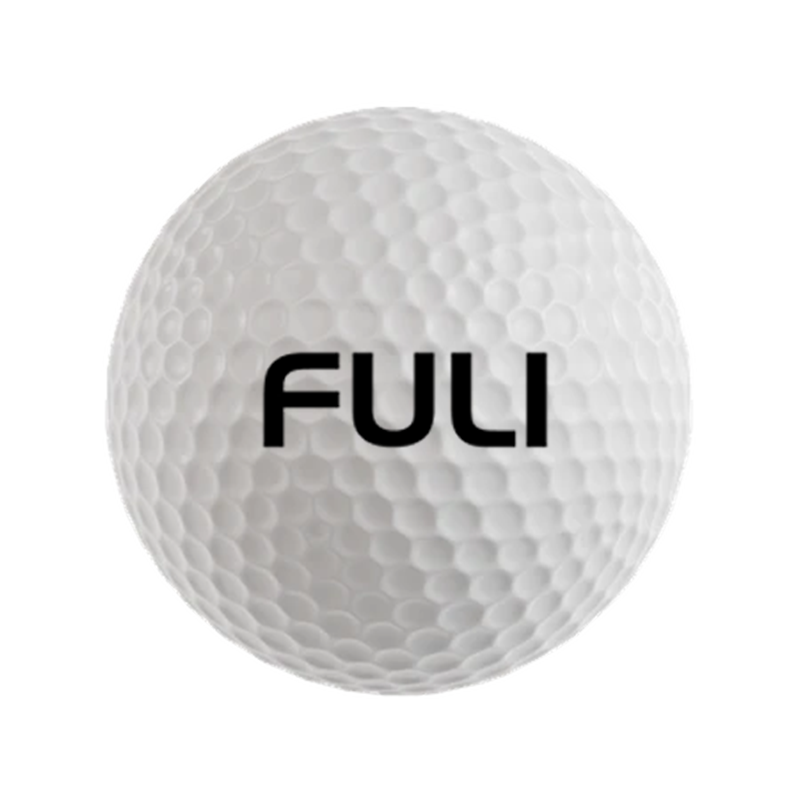
Are you looking for
GOLF BALL?
Offers Suitable Golf For Wholesalers And Professionals

